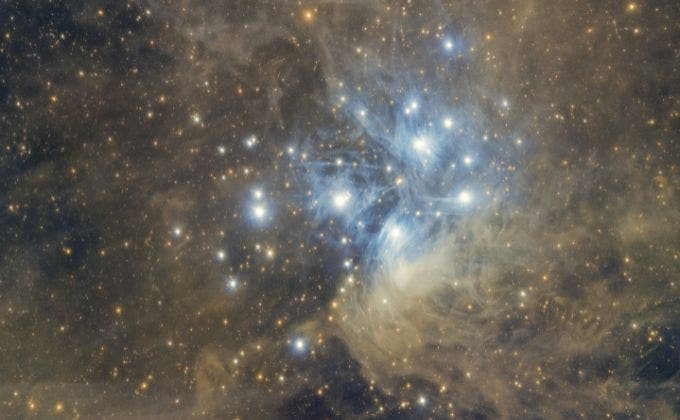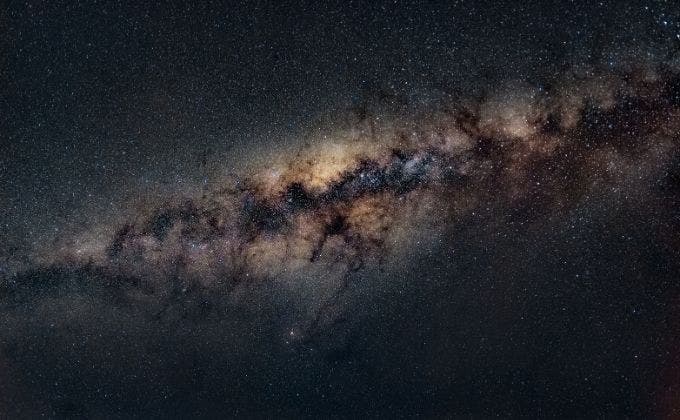
As the Australian summer warms up the skies, astronomy enthusiasts are in for a spectacular treat. The months of January and February 2025 are brimming with celestial wonders, from stunning conjunctions to mesmerising lunar occultations. Grab your telescope, mark your calendar, and prepare for some unforgettable stargazing opportunities with Celestron gear.


Key Celestial Events: January 2025
Lunar Occultation
A lunar occultation occurs when the Moon passes directly in front of a star or planet, temporarily hiding it from view. It’s a rare and dramatic celestial alignment visible through telescopes.
- January 13th – Mars: The Moon will pass directly in front of Mars, creating a rare and dramatic occultation event. This alignment offers an excellent opportunity for observation and astrophotography.
Conjunctions
A conjunction happens when two celestial objects appear very close together in the sky. These pairings create striking visual scenes, perfect for stargazing or photography.
- January 10th – M45 (Pleiades) and Moon: The iconic Pleiades star cluster will sit near the Moon, making it a prime target for wide-field astrophotography or binoculars.
- January 13th – Mars and Moon: Witness a celestial double feature as the Moon pairs with Mars on the same night as the occultation.
- January 14th – M44 (Beehive Cluster) and Moon: The Moon's proximity to the Beehive Cluster creates a visually stunning composition for your telescope.
- January 18th – Venus and Saturn: Two bright planets converge low in the western sky after sunset for a captivating conjunction.
Top Celestron Telescope choice for January night sky adventures
Celestron StarSense Explorer 127AZ
This intuitive telescope is perfect for beginners, with its smartphone app providing guided navigation to celestial targets. Its wide field of view is ideal for viewing the Pleiades and Beehive clusters.


Key Celestial Events: February 2025
Conjunctions
- January 31st & February 1st – Saturn and Moon; Venus and Moon: These back-to-back conjunctions promise incredible views of Saturn and Venus near the crescent Moon. Perfect for casual and advanced stargazers alike.
- February 6th – M45 (Pleiades) and Moon: The Pleiades cluster makes another appearance close to the Moon.
- February 6th – Jupiter and Moon: Jupiter’s stunning proximity to the Moon provides an ideal opportunity for detailed observations with a telescope.
- February 9th – Mars and Moon: The red planet’s final conjunction with the Moon this season promises a memorable view.
The best Celestron Telescope for starry nights in February, handpicked by our team
Celestron NexStar 6SE
With its advanced computerized tracking system, the NexStar 6SE allows for precise observation of planetary conjunctions and deep-sky objects like the Pleiades and Beehive Cluster.


Essential Viewing Tips
- Check local conditions: Use a reliable weather app to confirm clear skies and find dark-sky locations to avoid light pollution.
- Plan ahead: Precise timing is crucial for events like occultations and conjunctions. Use astronomical apps to stay updated.
- Bring accessories: Enhance your experience with a star chart, red flashlight, and camera adapter for astrophotography.
This summer, the celestial wonders above Australia invite you to explore the universe from your backyard or favourite observation spot. Whether you're new to astronomy or a seasoned stargazer, these events offer unforgettable moments to cherish and share. Make the most of this season with Celestron, and let the stars guide your journey!


Shop Stargazing Gear at Camera House
Seek advice from Camera House’s knowledgeable staff in-store and online to find the stargazing equipment that’s right for you! Check out our shipping information online and enjoy free standard shipping on orders over $99, or view our store locator to visit a Camera House store near you.
Browse the full Celestron Collection
